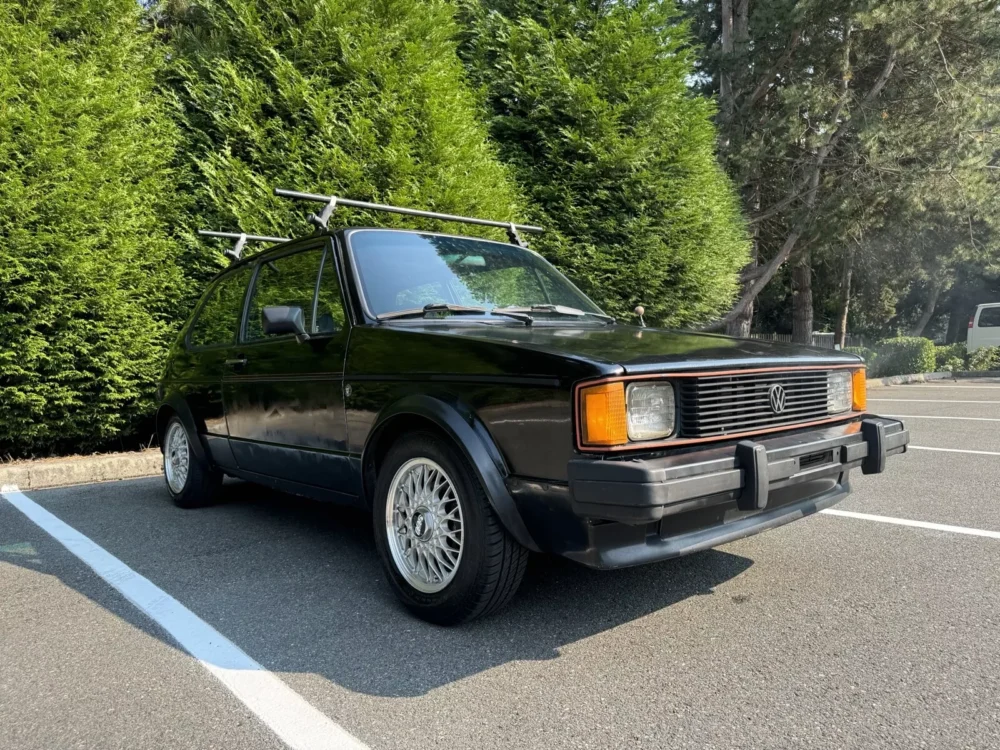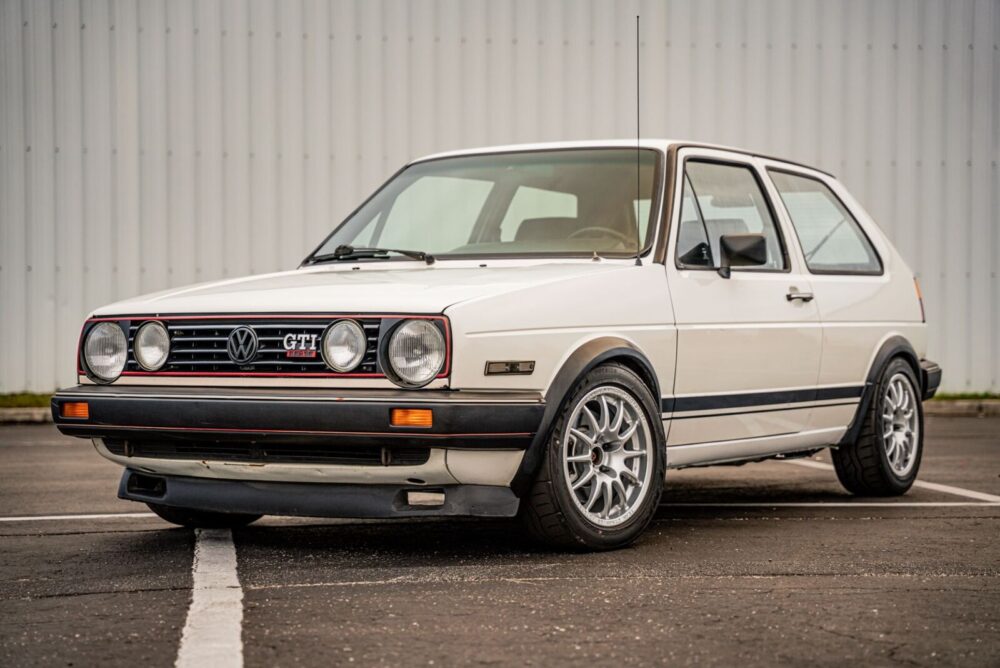
While not the fastest or the prettiest car Volkswagen ever made, the GTI represents the ethos of VW’s 1980s philosophy of cheap, fun-to-drive, and eminently practical cars for consumers. As they did when new, the first generation GTI also represented a car which gave much faster cars a run for their money. True, the 90 horsepower under the hood won’t scare a supercar. But what this car lacks in straight-line performance it more than makes up for in value.
Over the past few years we’ve watched the fan-favorites and driver’s cars from the 1980s increasingly price themselves out of the range of most enthusiasts. The esoterics are also forged in unobtanium today, and while there was a period where you could snap up cheap 80s products in Europe and import them, they’re going away, too. Sure, the M3 and 911 led the charge, but today a clean 190E 2.3-16 or Quattro will set you back some serious bucks. And then when you do get one, you need to worry about collector insurance, expensive and hard-to-source parts and whether you bought in a bubble.
The solution is still the giant-killer GTI. Find a clean one, and you’ll have a car that can be driven at 10/10ths still today and generate plenty of smiles, yet is relatively cheap to buy and very cheap to run. You’ll get thumbs up just like the 911 driver will. Maybe even more, honestly, because when was the last time you saw an A1 cruising around?
1 Comment



